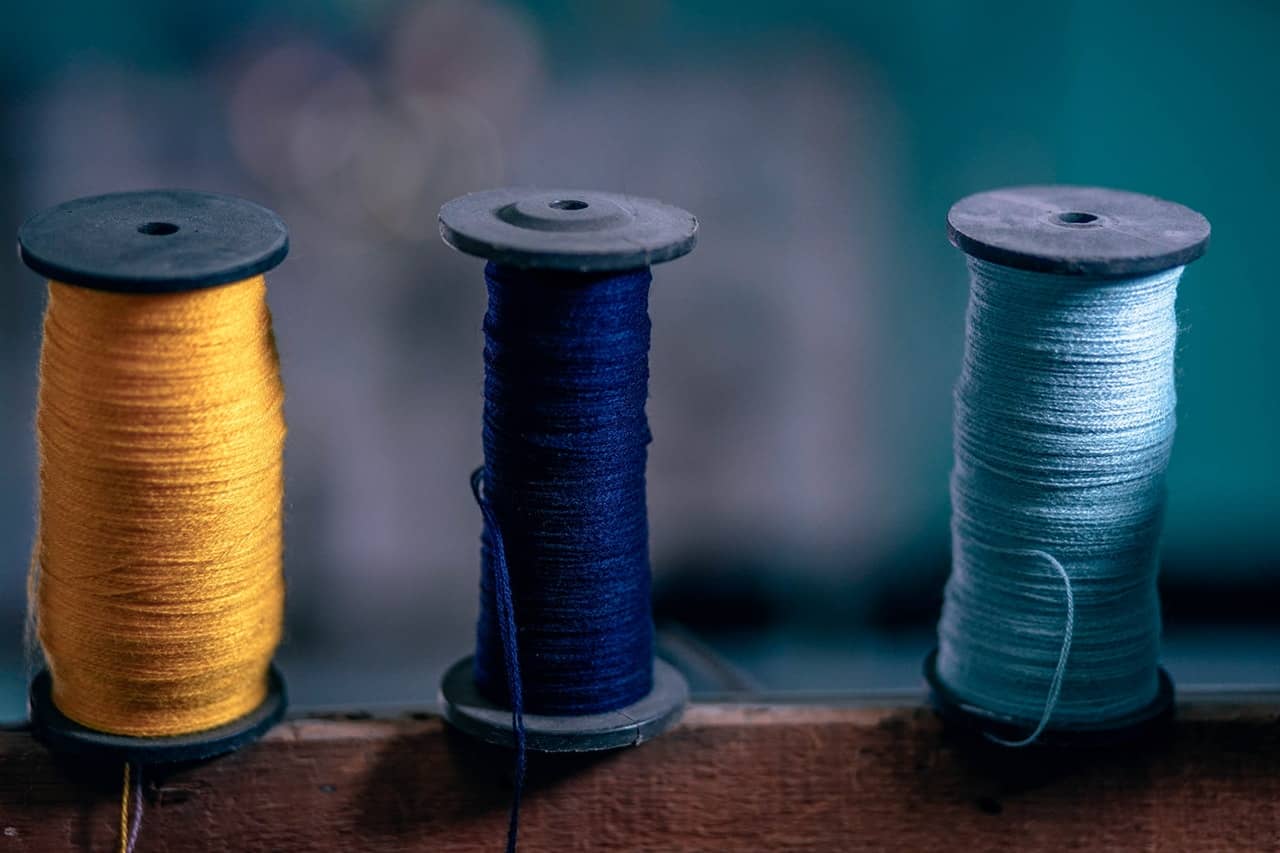Last year, President Biden signed a proclamation to nationally recognise Indigenous Peoples’ Day for the first time in history. Likely fearing backlash from conservatives and right-wing groups, he then issued a proclamation to continue to observe Columbus Day as a federal holiday. This Columbus Day, once again, Indigenous activists and all those in solidarity raise their voices to call for an end to the celebration of more than five centuries of brutal genocide and colonisation.
What they don’t teach you in school
In 1492, when Christopher Columbus invaded the Caribbean, Europe’s conquest for domination and the exploitation, plundering and enslaving of Native Americans in their quest for gold and spices began.
Historian Howard Zinn archives the untold history, the version that’s hidden from Columbus-celebrating books given to children in the United States: upon his arrival in the Caribbean, Columbus reported how the Indians “are so naive and so free with their possessions that no one who has not witnessed them would believe it. When you ask for something they have, they never say no. To the contrary, they offer to share with anyone. . .”
Columbus came for two things: slave and gold. In 1495, he assembled 500 Arawak men, women, and children onto ships. Of those, 200 died on the way. Between 1494 and 1508, over three million people had perished from war, slavery, and the mines. That’s 14 years, which comes down to 580 murdered per day.
The colonization of the Americas also led to a massive decline in Indigenous populations across the continent. According to varying estimates among historians, the Indigenous population across the Americas could range between 50-100 million, by the late-15th century, largely concentrated around central and south America.
In the modern-day US, historical estimates of a pre-Columbian population range widely between 2 million to 18 million. Several historically recorded tribes and bands have been nearly completely exterminated due to displacement, massacres, colonial wars, and even induced epidemics of diseases alien to the tribes. By the turn of the 20th century the numbers had diminished to around a quarter of a million.
Columbus day or Indigenous Peoples’ Day?
Columbus Day commemorates the landing of the Spanish colonial conquest led by Italian voyager Christopher Columbus to the Americas on October 12, 1492. The day has been observed by the federal government since 1934, and became a federal holiday since 1971.
Although Columbus’ voyage and conquests were limited to the Caribbeans and mistook the modern-day Americas as the “Indies” (a medieval European conception of South and Southeast Asia), Columbus came to be commemorated as the man who “discovered” America.
Even in his proclamation assuring the continuation of Columbus Day, Biden referred to the “millions of Italian Americans” who “continue to enrich our country’s traditions and culture and make lasting contributions to our Nation.”
Since the 1970s anti-colonial and Indigenous groups, tribal authorities like the Navajo Nation and others, have pushed local and state legislations to commemorate Indigenous People’s Day. In 1989, South Dakota became the first state to officially recognize “Native American Day” replacing Columbus Day.
Protectors of the planet
For generations, Indigenous communities have fought to survive colonization, genocide, attack on their lands for mining and pipeline projects, continued attacks and violence on Native Americans, violation of treaty rights by different administrations, and consequent climate disaster.
According to a research study by The Guardian, “Today, they continue to safeguard some of the most biodiverse areas on the planet. Almost 50% of the world’s land mass (minus Antarctica) is occupied, owned or managed by Indigenous peoples and local communities, with roughly 40% of those landscapes labeled as protected or ecologically sound. And though Indigenous peoples comprise only around 6% of the global population, they protect 80% of biodiversity left in the world. Preserving biodiversity is also key to turning around the climate crisis, as these areas are major carbon sinks.”
“As go our peoples, so goes the planet,” says Nemonte Nenquimo, a leader in the Waorani community in Ecuador and founding member of Indigenous-led nonprofit organization the Ceibo Alliance. “The climate depends on the survival of our cultures and our territories.”
Fighting for environmental rights means fighting for indigenous rights. This Indigenous Peoples’ Day, amplify their efforts and volunteer or donate to initiatives working on the frontlines – like Amazon Frontlines and the Ceibo Alliance – or contribute to international environmental organizations, including the Rainforest Alliance, Rainforest Action Network and many more.
FEATURED IMAGE: Emma Sells, The Beacon | Indigenous Peoples’ Day has replaced Columbus Day in Oregon.


